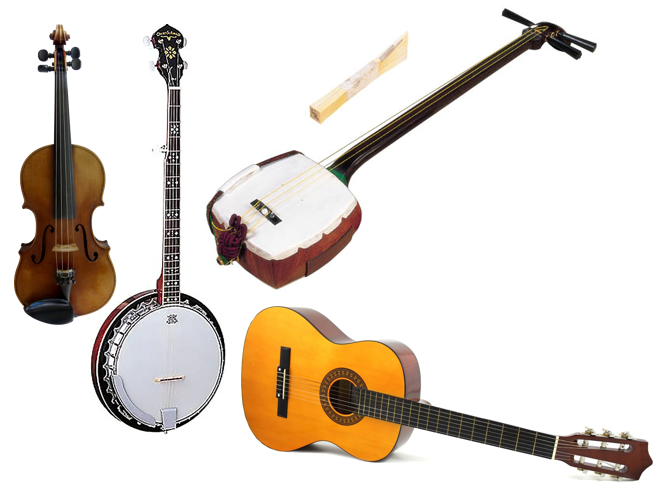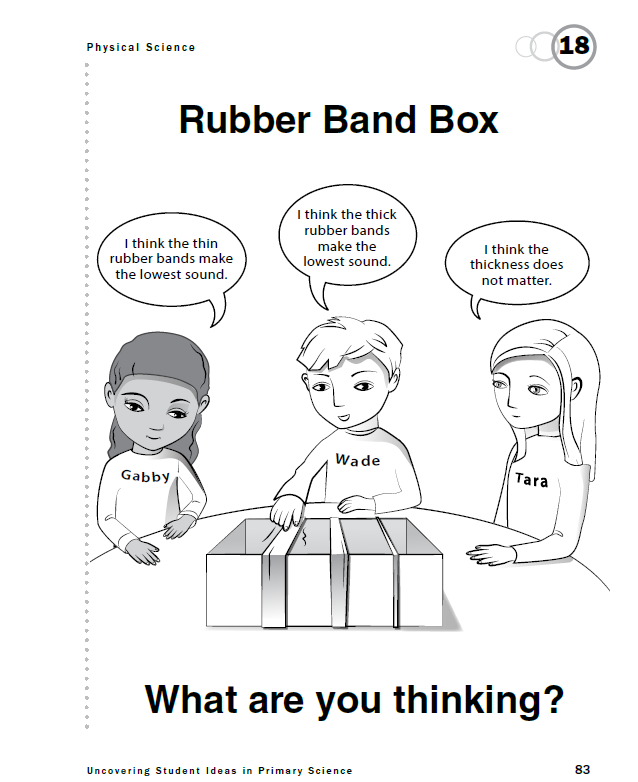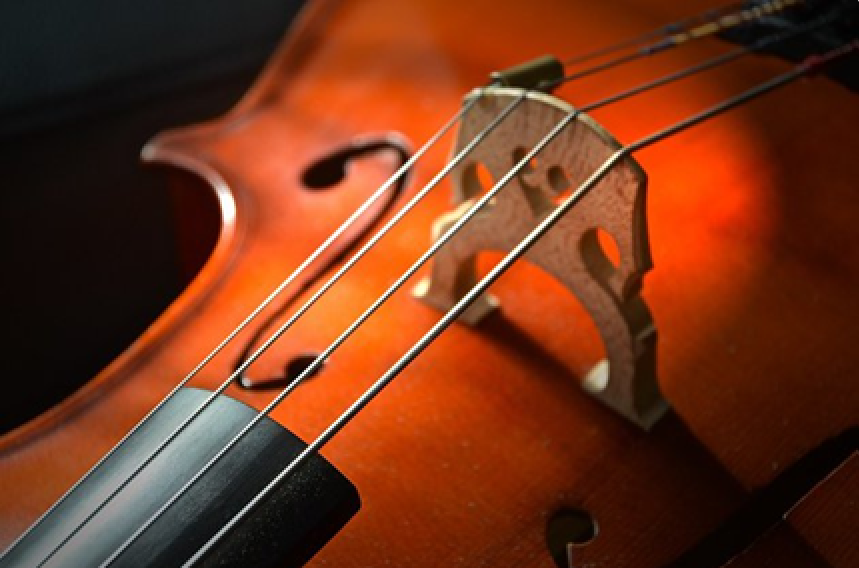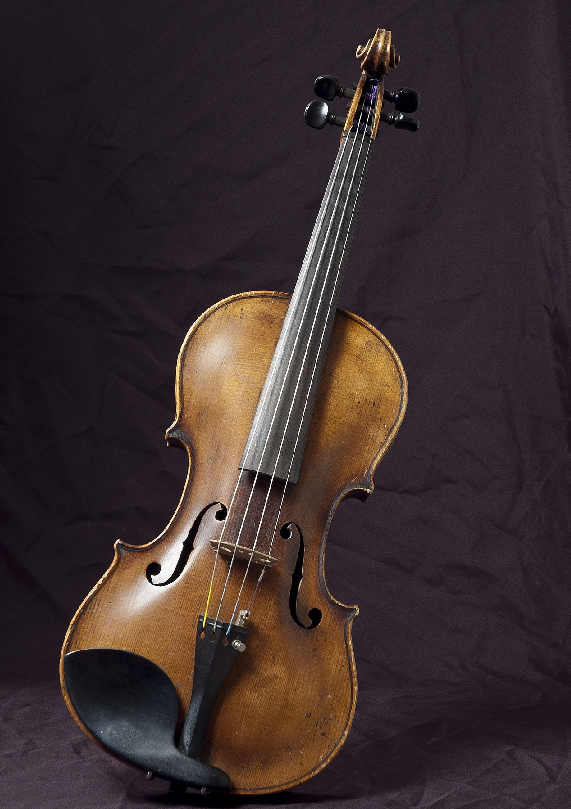Elementary | Daily Do
Why Aren't the Sounds the Same?

Crosscutting Concepts Disciplinary Core Ideas Is Lesson Plan NGSS Phenomena Physical Science Science and Engineering Practices Three-Dimensional Learning Elementary Grade 1
Sensemaking Checklist




Welcome to NSTA's Daily Do
Teachers and families across the country are facing a new reality of providing opportunities for students to do science through distance and home learning. The Daily Do is one of the ways NSTA is supporting teachers and families with this endeavor. Each weekday, NSTA will share a sensemaking task teachers and families can use to engage their students in authentic, relevant science learning. We encourage families to make time for family science learning (science is a social process!) and are dedicated to helping students and their families find balance between learning science and the day-to-day responsibilities they have to stay healthy and safe.
Interested in learning about other ways NSTA is supporting teachers and families? Visit the NSTA homepage.
What Is Sensemaking?
Sensemaking is actively trying to figure out how the world works (science) or how to design solutions to problems (engineering). Students do science and engineering through the science and engineering practices. Engaging in these practices necessitates that students be part of a learning community to be able to share ideas, evaluate competing ideas, give and receive critique, and reach consensus. Whether this community of learners is made up of classmates or family members, students and adults build and refine science and engineering knowledge together.
Introduction
Your students and their families might be familiar with many different types of stringed instruments. We can see many differences among them—their shapes, sizes, colors, materials, number of strings—but what about their similarities?
In today's task, Why Aren't the Sounds the Same?, students engage in science and engineering practices to figure out a pattern between the thickness of strings and the sounds the strings make when plucked. They then use the pattern to make a prediction about the sounds the strings on another instrument will make.
View the Why aren't the sounds the same? NGSS Table to see the elements of the three dimensions targeted in this lesson.


Preparation
Before students arrive, build and test the rubber band box.
Materials
- Rubber Band Box formative assessment probe
- three rubber bands of varying thickness (the size/diameter should be the same)
- shoebox or other oblong container (food storage containers work well)
- stringed instrument with strings of similar lengths (violin, guitar, etc.), if available
Rubber Band Box Directions
Stretch the three rubber bands across the container so it looks like the rubber band box on the formative assessment probe (above). Make sure the rubber bands are in order from thickest to thinnest.
Pluck the rubber bands and listen to the sounds they make. The thickest rubber band should create the lowest sound, and the thinnest rubber band the highest. Because rubber band size also affects the sound made when plucked, you might have to remove one of the three rubber bands and replace it with another rubber band closer in size to the remaining two.
Note: You only need one rubber band box to administer the formative assessment probe, but consider creating additional rubber band boxes (one for every four students) so students can interact with them later in the task. Provide students with protective eye wear.
Now you're ready to begin today's task!
Thinking About Sound
Ask students, "Do you know how to make a low sound?" Invite students to make sounds of any kind that are low sounds (the keys on the left side of this piano make low sounds).
Then ask, "What about a high sound?" Again, invite students to make sounds of any kind that are high sounds (the keys on the right side of the piano make high sounds).
Say to students, "I made this box guitar (or instrument) with rubber bands that are the same size, but have different thicknesses. They are all stretched the same amount. I'm wondering what kinds of sounds the rubber bands will make when I pluck them." Mimic plucking a rubber band, but don't make a sound.
Hand out the formative assessment probes. Tell students, "These students have different ideas about the kinds of sounds the rubber bands will make when you pluck them. Which student do you agree with the most? What are you thinking?" Ask students to color or circle the student whose idea best matches their thinking. If students are able to write (words, pictures, and/or symbols), ask them to explain their thinking on the back of the probe or on blank paper.
You may have students who have experience with stringed instruments and know that the thickest rubber band will produce the lowest sound. You might respond to these students, "Let's see if we can gather evidence to support your claim."
Tell students to set their probes aside (do not ask them to share their ideas at this time).
The following guidance assumes each group of students has a rubber band box to explore. Don't worry if you have only one rubber band box: You can do a class exploration.
Place students in small groups, and distribute the rubber band boxes. Give students time and space to explore the sounds made by the rubber bands when plucked. As you move around the room, ask student groups, "What do you notice about the sounds the rubber bands make when you pluck them? What sound do you think an even thicker (thinner) rubber band would make? Why do you say so?" Students will likely say that the thinnest rubber bands make the highest sounds and the thickest rubber bands make the lowest sounds. If they don't use the word pattern, you might say, "What I hear you say is that you noticed a pattern: As the rubber bands get thicker, the sounds they make get lower."
You might ask students to take their hands off the rubber band box, then say, "Why do you think the rubber bands aren't making a sound right now?" (We didn't pluck them. They aren't moving.) "The rubber bands have to be moving to make a sound?" (Yes!) "Can you describe the rubber band's motion after you pluck it?" (Up and down) "When does the rubber band stop making a sound?" (When it stops moving.) Note: Italic font indicates anticipated student responses.
Consider moving from group to group and asking students if they can make loud sounds and soft sounds with the rubber band box. Give them time and space to figure out how to change the volume. When you return to each group, ask, "How did you make loud sounds?" (We pulled the rubber band harder.) "When you say harder, what do you mean?" (We pulled it farther/higher.) "Does the rubber band move the same way when it makes a loud sound and soft sound?" Let students return to the rubber band box to figure out the answer to this question.
Next, tell students to look at their probes, and ask, "Which student do you agree with the most? What is your thinking?" Allow students time to independently change or add ideas to their thinking about the rubber band box. Then ask students to share with a partner why they changed or added ideas to their thinking.
Bring the class together, and ask, "Which student's idea do we most agree with?" (Wade) "What's our evidence?" (We noticed a pattern. The thicker the rubber band is, the lower the sound it makes when plucked.)" Remind students, "When the rubber bands are the same size, the thicker the rubber band, the lower the sound when plucked."
Ask students, "Did any of the groups notice any other patterns?" Students might say plucking the rubber bands harder/higher makes the sound get louder. They might also say that the rubber bands have to be moving to make sounds.


Using Patterns to Make Predictions
Any stringed instrument with strings of similar length (guitar, banjo, cello, etc.) can be used for the next part of this task. Alternatively, use the violin image and video provided.
Show students the violin, and ask, "What do you notice about the strings on this instrument?" (There are four strings. They look like metal. The strings have different thicknesses. The strings are about the same size/length.)
Then ask, "Which string do you think will make the lowest sound when plucked? Why do you say so?" Tell students to turn and talk and with a partner. Then ask students to share their ideas with the class. Students will likely say that the thickest string will make the lowest sound and use the pattern they identified with the rubber band box to support their idea.
Pluck each string on the violin, or play the Introducing the Violin video below. Ask, "Which string made the lowest sound when plucked?" (the thickest string) "Which made the highest sound?" (the thinnest string)
Say, "We used a pattern to make a prediction about the sounds the string on a violin would make when plucked. Would someone share that pattern in their own words?"
If you have a violin and other stringed instruments available, consider going one step further.
Ask students, "What other patterns did we identify?" (Plucking a string harder/higher makes louder sounds. You have to make the rubber bands/strings move to make sound.) "Do you think we can use these patterns to predict how to make loud and soft sounds on the violin?"
Ask, "Do you think we can use these patterns to make predictions about sounds that other instruments with strings of similar lengths make when plucked or strummed? Why do you say so?" Give students an opportunity to listen for the patterns when you pluck the strings of different instruments.
NSTA Collection of Resources for Today's Daily Do
NSTA has created a Why aren't the sounds the same? collection of resources to support teachers and families using this task. If you're an NSTA member, you can add this collection to your library by clicking Add to My Library, located near the top of the page (at right in the blue box).
Check Out Previous Daily Dos From NSTA
The NSTA Daily Do is an open educational resource (OER) and can be used by educators and families providing students distance and home science learning. Access the entire collection of NSTA Daily Dos.


